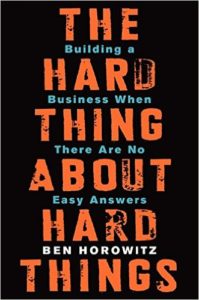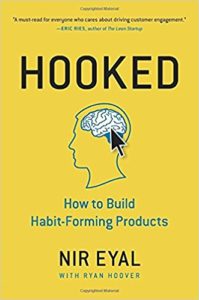The more you want to achieve something, the more obstacles you will likely face on your quest to reach that goal. If you want to achieve success, you have to stay focused and not let all of the possible distractions keep you from pursuing your goals. However, allowing your passions to flourish and not become overwhelmed or discouraged seems impossible at times.
There are a lot of things that actually stop people from achieving goals. Most of the time, people don’t actually write their goals down. And even if they do write them down, they don’t obsess about them enough and build everything around them. Over the years, people have learned that setting goals is easy but fulfilling them is the hard part.
Here are 8 things that stop people from having the life they want:
1. Too Much Clutter In The Brain
Do you feel like your brain sometimes has too much to think about and deal with? Maybe you should give your brain some rest during the day time by shutting down. Go find a relaxing spot in nature or even clear out space in your room, and just leave all the worldly demands behind for a few minutes. Relish in the silence, breathe in deeply and remind yourself that life really isn’t as serious as we presume.
Your brain can easily overtake you if you don’t give it a well-deserved break each day, so give it a rest for at least five minutes. Then, you will feel much more focused when you get back to work.
2. Lack Of Skill
In order to move forward, you may have to pick up skills along the way. As part of your goal setting, you need to understand what skills you need to acquire and how you plan to acquire them. This does not necessarily mean that you need to enroll in a course, although that is a potential idea. Other alternatives such as online study, planned reading, shadowing a successful individual or seeking advice from a friend can also help you obtain the skills you need.
3. Viewing Mistakes As Failure
Progress rarely comes in a straight line. But sometimes, people think one step back means they’re back at square one, which causes them to give up due to overwhelming frustration. Recognize that you’re going to mess up sometimes and that it’s all part of the journey. Instead of declaring yourself a dismal failure, use your energy to create a plan to get back on track.
4. You Do Goal Setting, But You Don’t Do Goal Planning
This is where the bulk of people fail when it comes to having the life they want. So many people do goal setting, but fail to do goal planning. In other words, they figure out what they want to achieve, but they don’t do the work to put a real plan in place.Remember, achieving a goal in most cases is more a journey because it takes time.
For example, it’s hard to learn to play a guitar this year if you don’t make time for a weekly lesson. It’s hard to achieve your fitness goals if you don’t make time in the morning to actually do your workout at the gym. As you set a goal, be sure that you set a plan of action of how your daily habits are going to enable you to achieve it.
5. Your Core Beliefs Are Holding You Back
We all have a set of core beliefs around what we believe is possible for our lives. We can never achieve anything that contradicts our core beliefs, but we can change our core beliefs. Often times to have the life you want, you have to completely shift the perspectives you may have grown up knowing.
For example, I never knew what it really took to be successful until a few years ago. When I found out what it took, my entire perspective on life took a 360 degree turn. If your goals are truly your biggest focus, you need to find a way to align your core beliefs to compliment them.
6. Setting Unrealistic Goals
Sometimes, we set goals that are so unreasonably high we set ourselves up for tremendous frustration. If that happens one too many times, we give up altogether. When it comes to goal setting, be realistic. Realistic goals can include setting short term goals (monthly) and having a long term goal (5 year plan, etc.).
7. Giving Up Too Easily
“When the going gets tough, the tough get going.” This popular quote just means that when adversity comes along, the most determined people push through it rather than throwing in the towel. Life will only seem difficult if you make it that way.
No challenge in life will ever seem too great if you decide to never give up. It all comes down to your mentality, do you want to be a whiner or a winner? You have a choice, so if something is really important to you, find your grit and don’t ever back down.
8. Fear Of Failure
Society teaches that if you make a mistake, you fail at life. However, the only way to truly fail is to never try at all. Don’t become so attached to perfection that you stay in your bubble of safety and comfort. If you do, you will never learn and grow if you just cling to the shores of familiarity and order.
Go out on a limb and put yourself to the test. If it doesn’t turn out how you hoped, you will at least have experience under your belt so you can do it differently next time. Simply living is the greatest achievement of all, and you can’t live if you trap yourself in the prison of fear.
Conclusion
Your past should never define your future. Regardless of what happens in life, it is possible to have the life of your dreams if you put your mind to it. In this post, I shared with you 8 things that stop people from having the life they want.



















